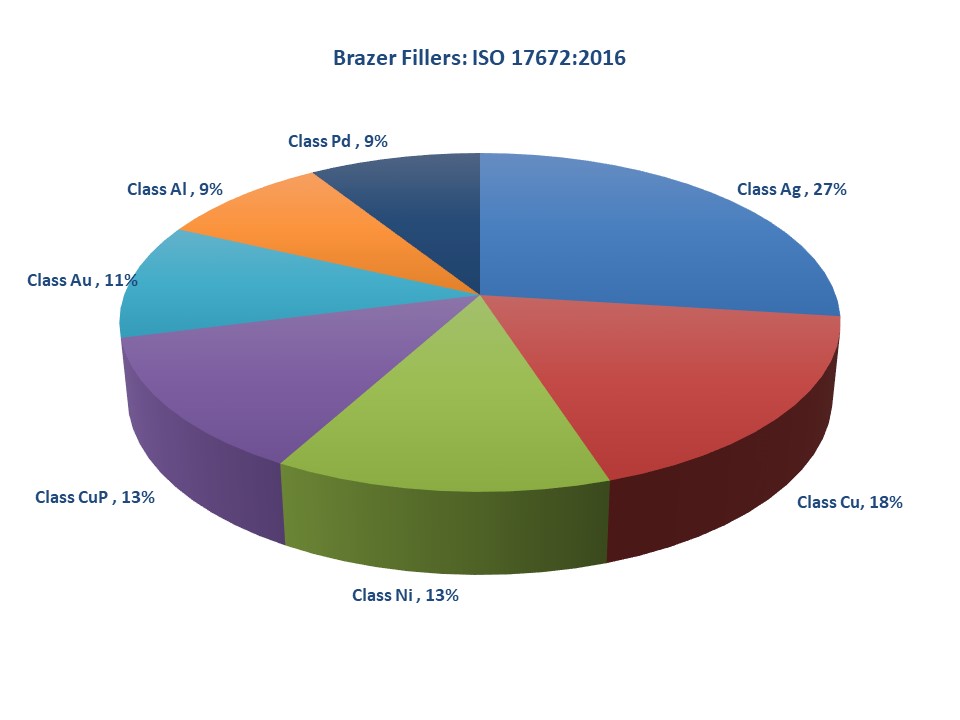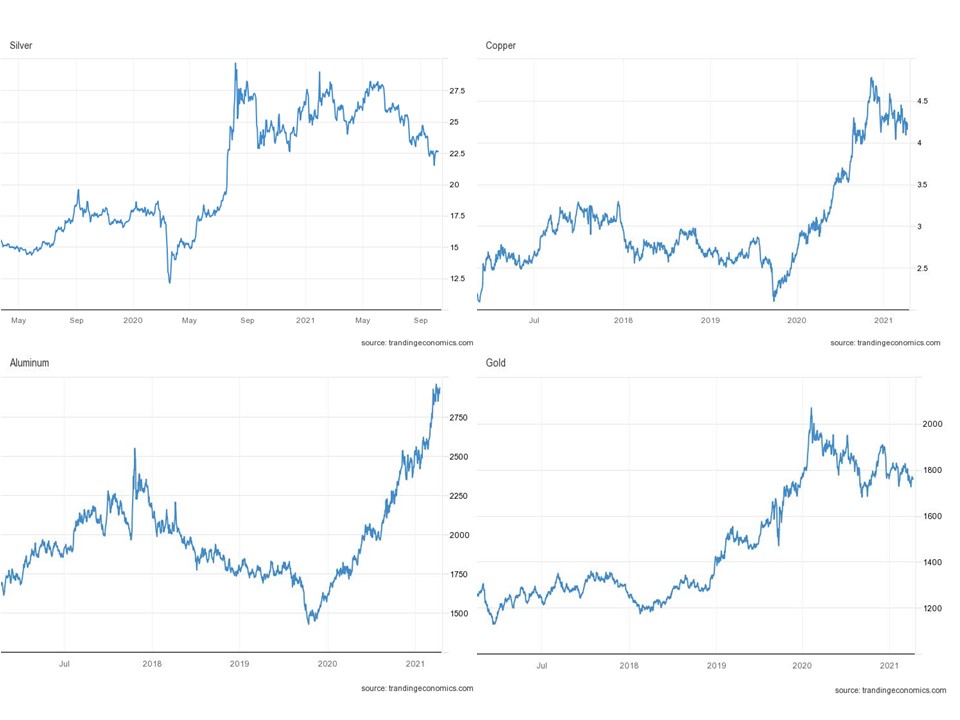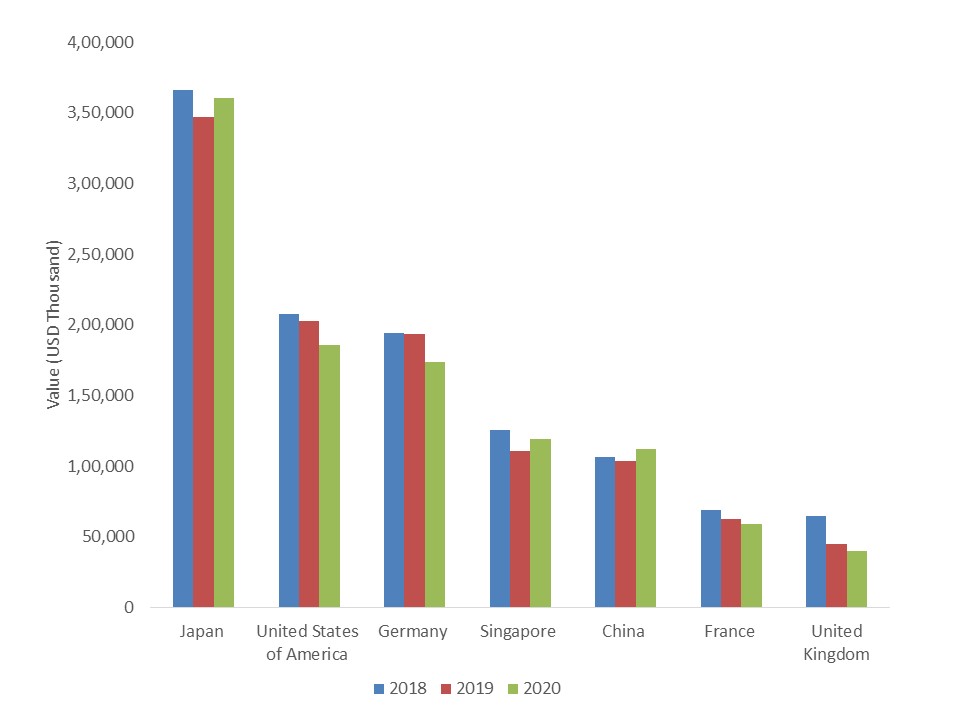The COVID-19 pandemic has influenced the whole planet with its major impacts on the economy and businesses across the globe. It spread worldwide in unprecedented ways due to its high infectious and contagious nature and lack of availability of its vaccine. As a result, the greatest medical challenge in the 21st century is yet to be faced by physicians worldwide. Though the emergence of the virus can be traced back to Asia, various European countries and the U.S. have been struck massively by the pandemic. According to the situation report of 27th October 2021 by WHO stated 244.3 million cases of the corona had been reported globally, and 4.9 million patients are dead due to the coronavirus. On a slightly positive note, a total of 6.7 billion vaccine doses have been administered as well.
The COVID-19 pandemic has affected the industrial and commercial progress of most of the countries across the region. It has negatively impacted the manufacturers, distributors, and suppliers of braze alloys globally. The decline in export shipment and decreasing demand for braze alloy have significantly affected the market’s growth. The COVID-19 pandemic has affected the braze alloys market in three ways: direct production and demand, supply chain disruption, and financial impact on firms and the market. Moreover, disruption in the supply chain directly affects the production of various automotive, electrical and electronic appliances, further decreasing the growth rate.
However, the brazing technique does not emit more smoke than the alternative wielding and soldering technique. Thereby, the decreasing usage of wielding and soldering is expected to boost the market of brazing and grow during COVID-19.
AFTERMATH OF COVID-19 AND GOVERNMENT INITIATIVE TO BOOST THE MARKET
The COVID-19 is an infectious disease, widely spread among the world population in 2020. Thus, the government implemented various restrictions and lockdown in major countries across the world. During the lockdown period, the people were seeking to create a comfortable space. Global construction output was decreased by 2.4% in 2020 due to the economic shock of COVID-19.
Viewing the problems faced during the pandemic, the government has taken several initiatives to establish new directives that will help stimulate and boost the braze alloys growth in the market.
VARIOUS CLASSES OF BRAZING FILLERS ACCORDING TO ISO 17672:2016

Source: Multidisciplinary Digital Publishing Institute (MDPI)
STRATEGIC DECISIONS FOR MANUFACTURERS AFTER COVID-19 TO GAIN COMPETITIVE MARKET SHARE
In 2020, the market share of braze alloys was significantly affected by the COVID-19. The manufacturers of braze alloys were facing a significant challenge during COVID-19 due to lack of transportation and disruption in the supply chain. As a result, the prices of brazing metals increased significantly. The net sale revenue has increased substantially due to the increased price of the raw material and the production and sale during COVID-19. The manufacturers have taken certain strategic decisions to gain a competitive market share post-COVID-19.
- Production of Premium Quality Products:
Several manufacturers are focusing on producing high-quality products with innovative features to improve the demand among the customers. For instance, during COVID-19, the construction and building of manufacturing facilities have decreased. Therefore, the use of precious metals as filler materials used for brazing increased as they improved product quality.
- Use of Alternative Sourcing:
The manufacturers are exploring to increase the quantity of sourced materials and are opting for backup or alternative raw materials, such as ceramic brazing, as it is used in the electronics and automotive industries. The nanoparticle filler material brazing used a mixture of metals (for instance, alloys) of boron, silicon, and phosphorus, which will help continue the production even during epidemic or pandemic conditions. Therefore, continuous production will aid the manufacturer in increasing the market share.
Impact on Supply Chain
Raw materials for braze alloys include copper, silver, gold, and platinum, among others. The variability in the supply of these materials will directly impact the supply chain; before the COVID-19, the braze alloy sector primarily increased product shortages. However, the supply chain has suffered greatly as a result of the COVID-19 outbreak. Raw material manufacturers have inventories, but there is no demand for them. Furthermore, businesses are having problems with the raw material supply chain because most countries are completely shut down. In this situation, both manufacturers and consumers are concerned about raw material availability.
Another aspect affecting the braze alloy supply chain is transportation and labor availability; at certain points, businesses are straining for raw material reach while others struggle to deliver the product. The finished product is ready for a few producers but cannot reach its clients due to transportation constraints, causing them to lose money.
Impact on Price
Prices of braze alloy metals such as copper, aluminum, iron, gold, and silver have declined slightly due to the breakdown of COVID-19, particularly after May-2019. As the virus spreads rapidly, many local and small players have exited the market. For many vendors, the savings are insufficient to maintain the business at such a low cost and less demand.
Many companies are losing critical revenue sources, and service outlets are closing or supplying less. Some businesses have shut down their manufacturing plants to reduce the risk of COVID-19.
PRICE GRAPH OF SOME OF THE METALS USED IN BRAZE ALLOYS

Source: TRADING ECONOMICS
The above graphical diagrams showed the price growth of metals globally in 2020. Thus, increasing the raw material price implies the growth in the revenue generated by the market players.
Impact on Demand
The COVID-19 has hampered most countries' commercial development. The global government-imposed lockdown has been lifted in many locations, and people have begun to resume their usual lives.
As a result of the breakout of COVID-19, the braze alloy industry has seen ups and downs in the current fiscal year. As metals such as gold, silver, copper, aluminum, and iron have increased, significant players in the aerospace, automotive, and electronic sectors are likely to see an increase in income in the fiscal year 2021. Another application for braze alloys is in the chemical, alumina, and other industries.
EXPORT OF FLUXES AND OTHER AUXILIARY PREPARATIONS FOR SOLDERING, BRAZING, OR WELDING; SOLDERING, BRAZING, OR WELDING PASTES AND POWDERS CONSISTING OF METAL AND OTHER MATERIALS

Source: International Trade Centre
Conclusion
COVID-19 pandemic has taken a toll on every aspect of life, including the global economy. A collaborative effort on governments, public health departments, and hospital fraternity to fight the coronavirus has led to economic slowdowns, lockdowns, and extreme public safety measures. Due to the lack of transportation, the supply chain was disrupted. Similarly, production has been ceased due to a shortage in resources. Thus, the growth rate of braze alloys has faced many ups and downs during the COVID-19 pandemic. Although during the pandemic, customers preferred the purchase of the braze alloys due to its advantages. Hence, global braze alloys marks a sudden surge during the COVID-19 pandemic and are projected to grow significantly over a long period.
The braze alloys are mainly used in the aerospace, automotive, and electronic sector. Any impact on these industries has a direct implication on braze alloy materials market. Due to these activities, the demand for braze alloy materials has observed a slight increase globally.
Few manufacturers are facing issues with the supply of raw materials. But at the same time, the manufacturers are struggling to maintain the supply as per the demand. Many manufacturers are facing issues due to lockdown and shutdown. Also, the gap in the supply chain is hampering the timely availability of end-product in the braze alloy market. Thus, the government is taking various initiatives to curb the demand-supply imbalance. The government is also providing various financial benefits to small and medium-sized enterprises to maintain the equilibrium in the braze alloys market. Therefore, global braze alloys marks a sudden surge during the COVID-19 pandemic and are projected to grow significantly over the forecasted period.









